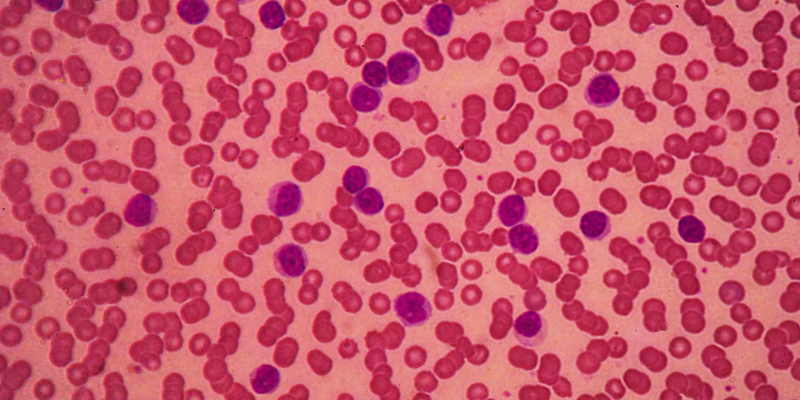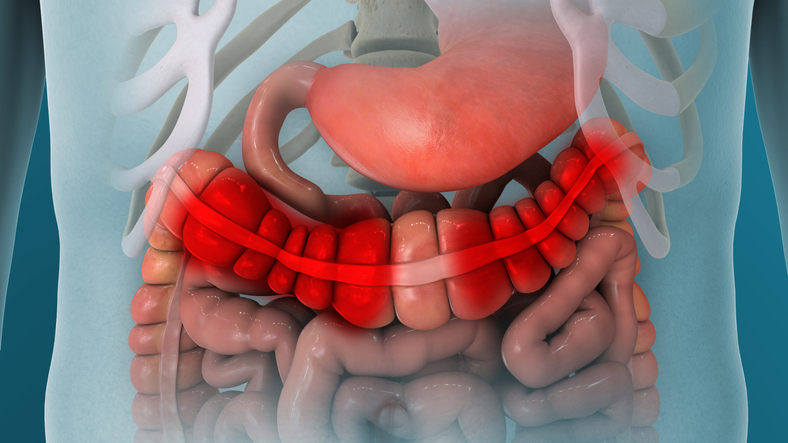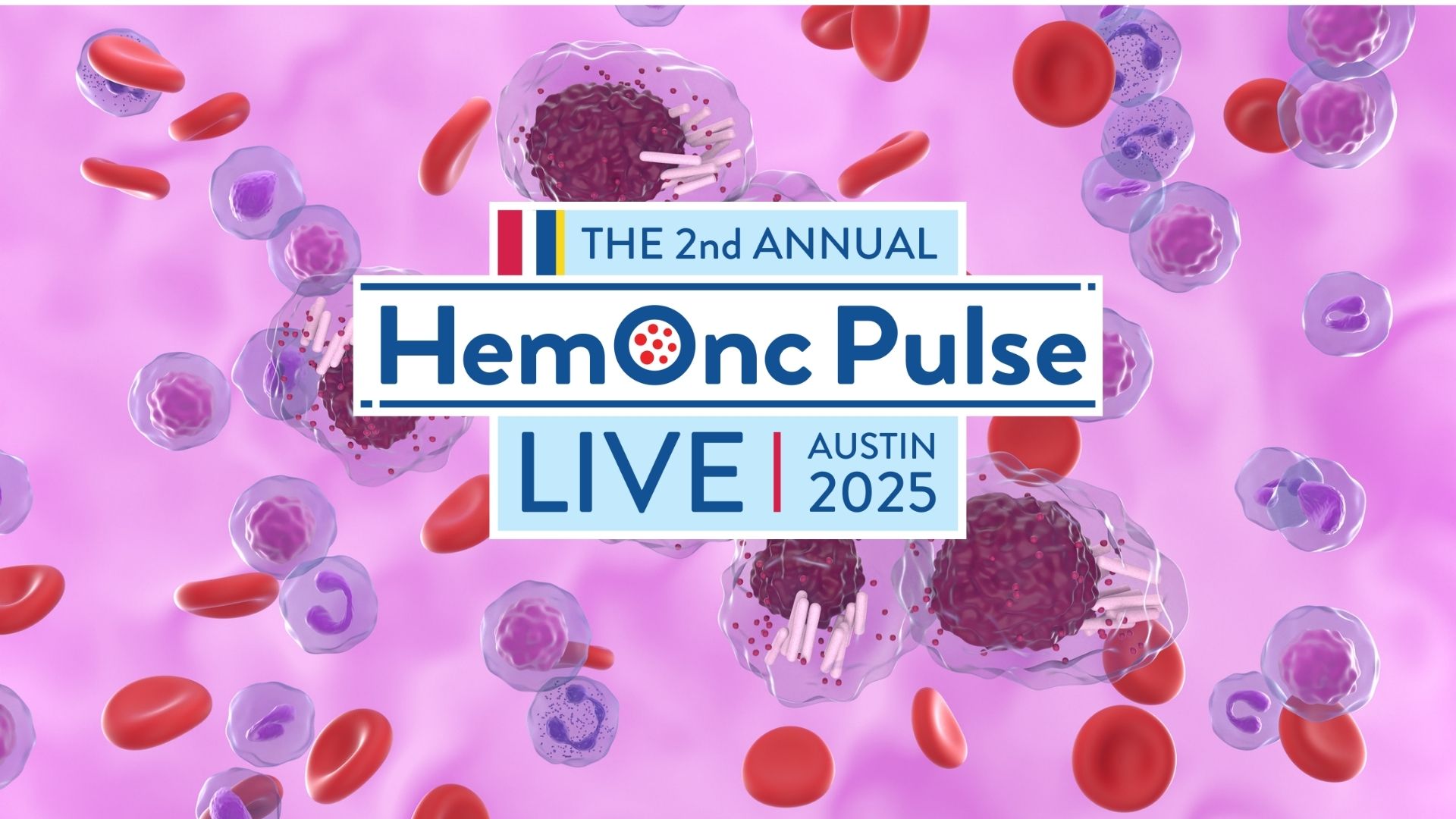
The CLL2-Give trial determined that the combination of obinutuzumab, ibrutinib, and venetoclax is a “potent and promising” fixed-duration, first-line treatment option for patients with high-risk chronic lymphocytic leukemia (CLL), according to a presentation at the 2022 American Society of Hematology Annual Meeting,
The open-label, multicenter, phase II study included 41 patients with untreated CLL with del(17p) and/or TP53 mutations who were enrolled between September 2016 and August 2018. Induction therapy included six cycles of obinutuzumab, ibrutinib, and venetoclax; venetoclax and ibrutinib were continued for up to 12 cycles as consolidation therapy. Ibrutinib monotherapy was given during cycles 13 to 36 in those who did not achieve a complete response (CR) and undetectable minimal residual disease (MRD) at cycles nine and 12.
Median patient age was 62 years (range, 35-85 years); 26 patients had del(17p) mutation, 39 patients had TP53 mutation, and 32 patients had an unmutated immunoglobulin heavy chain variant.
At cycle 15, the CR rate (primary endpoint) was 58.5% (n=24), thus “the primary endpoint was met,” according to the researchers (P<.001). The partial remission (PR) rate was 41.5% (n=17). At cycle 15, 32 patients (78%) had undetectable MRD in peripheral blood.
After a median observation of 38.4 months (range, 3.7-44.9 months), nine progression-free survival (PFS) events and three overall survival (OS) events occurred. The 36-month OS rate was 92.6%, and median OS was not reached. The 36-minth PFS rate was 79.9%, and median PFS was not reached.
Three patients died: One at cycle three due to retrospectively preexisting ovarian cancer, one at cycle nine due to cardiac failure unrelated to study treatment, and one to respiratory tract infection after Richter transformation under subsequent treatment. Progressive disease occurred in seven patients between cycles 27 and 42.
Four patients received subsequent treatments. Six patients received complete ibrutinib maintenance treatment after cycle 15 due to PR at final restaging, three of whom had detectable MRD. Six patients with a PR and undetectable MRD discontinued treatment at cycle 15 in a manner that was not according to protocol: two ceased due to adverse event and four for other reasons. Five patients with a PR discontinued treatment at cycle 15 in a manner that was not according to protocol and had no undetectable MRD: two due to adverse events, one due to death, one due to other reasons, and one due to refusal of ibrutinib maintenance.
At cycle 36, 18 patients (43.9%) had undetectable MRD in peripheral blood, while 12 (29.3%) had detectable MRD at this time point.
The most common grade 3-5 adverse events were blood and lymphatic system disorders (58.5%), neutropenia (48.8%), infections (19.5%), and thrombocytopenia (17.1%). The most common any-grade adverse events were gastrointestinal disorders (85.4%), most of which were low grade. The most common any-grade cardiac disorder was atrial fibrillation (14.6%).
The researchers concluded that the results indicate that this combination is “worthy” of phase III exploration.
Reference
Huber H, Tausch E, Schneider C, et al. Final analysis of the prospective multicenter CLL2-Give trial of obinutuzumab (GA101, G), ibrutinib (I), and venetoclax (Ve) in untreated patients with CLL with 17p deletion/TP53 mutation. Abstract #343. Presented at the 64th ASH Annual Meeting and Exposition; December 10-13, 2022; New Orleans, Louisiana.






 © 2025 Mashup Media, LLC, a Formedics Property. All Rights Reserved.
© 2025 Mashup Media, LLC, a Formedics Property. All Rights Reserved.